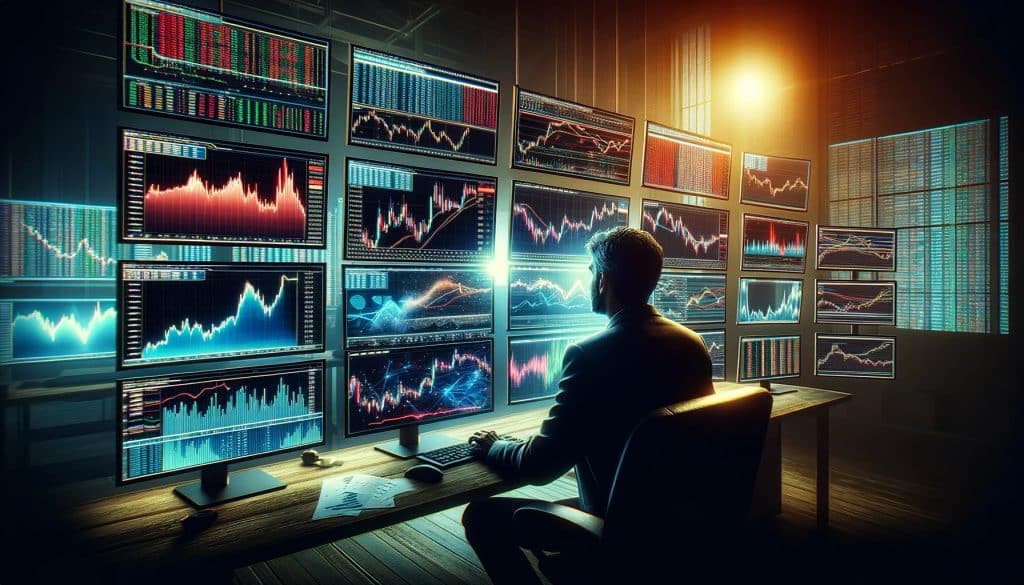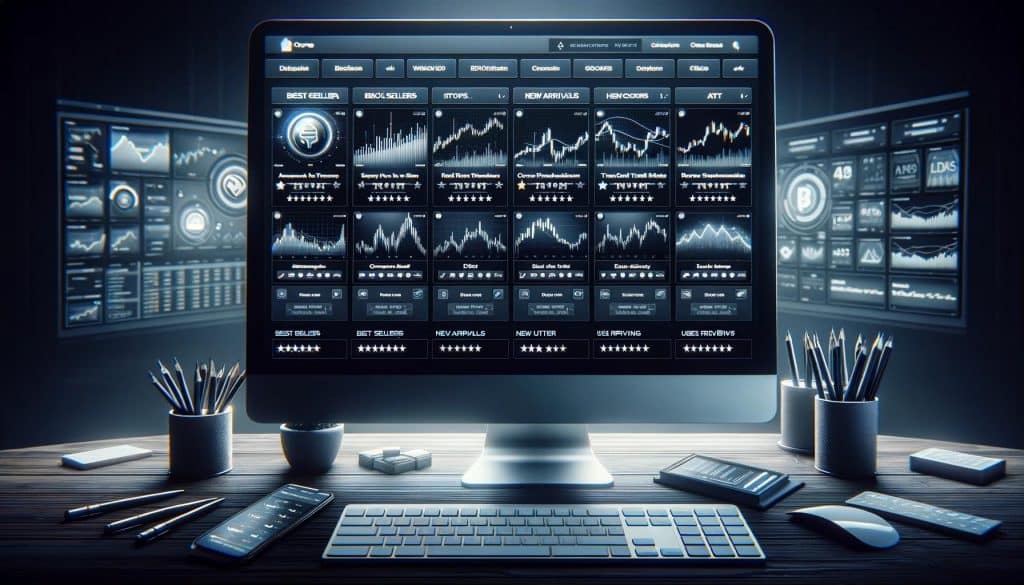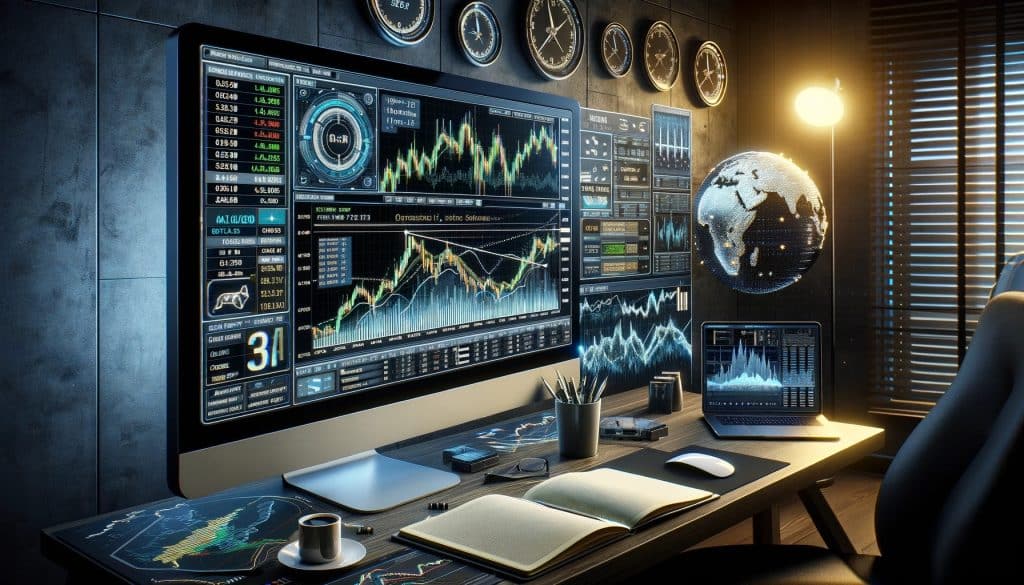In the complex world of financial markets, the impact of market conditions on automated trading performance cannot be overstated. These conditions, encompassing volatility, liquidity, and a myriad of economic indicators, play a pivotal role in shaping the outcomes of automated trading strategies. This comprehensive blog post embarks on an in-depth journey to dissect how these varying market scenarios influence the efficiency and success of automated trading systems, offering invaluable insights for traders seeking to navigate the intricacies of algorithmic trading in fluctuating financial landscapes.

Understanding the Impact of Market Conditions on Automated Trading Systems
Automated trading systems rely on algorithms to make trading decisions based on predefined criteria. While these systems can process a vast amount of data and execute trades at speeds unattainable by humans, their performance is inextricably linked to the underlying market conditions.
The Role of Volatility in Automated Trading Performance
Market volatility refers to the frequency and magnitude of price movements within the financial markets. For automated trading systems, volatility can be a double-edged sword. On one hand, high volatility can create numerous trading opportunities, as price fluctuations increase the potential for profit. On the other hand, excessive volatility can introduce significant risks, as rapid and unpredictable price changes can lead to substantial losses, especially if the trading algorithms fail to adapt or respond adequately.
Example of Volatility Impact:
Consider a scenario where an automated trading system is programmed to execute trades based on momentum indicators. During periods of high volatility, the system might generate a flurry of trade signals as prices oscillate dramatically. Without proper risk management protocols in place, this could result in hasty entries and exits, leading to potential losses.
Liquidity’s Influence on Automated Trading Strategies
Liquidity, defined as the ability to buy or sell an asset without causing a significant price movement, is another crucial factor affecting automated trading performance. High liquidity facilitates the execution of large orders with minimal slippage, ensuring that trades are executed close to the intended prices. Conversely, in markets with low liquidity, automated systems might struggle to execute large orders without impacting the market price, leading to adverse price movements and undermining the system’s effectiveness.
Example of Liquidity Impact:
In a low-liquidity market, an automated system attempting to execute a large sell order may find insufficient buyers at the desired price, forcing the sale at progressively lower prices and resulting in slippage. This slippage can erode the trade’s profitability or exacerbate losses.
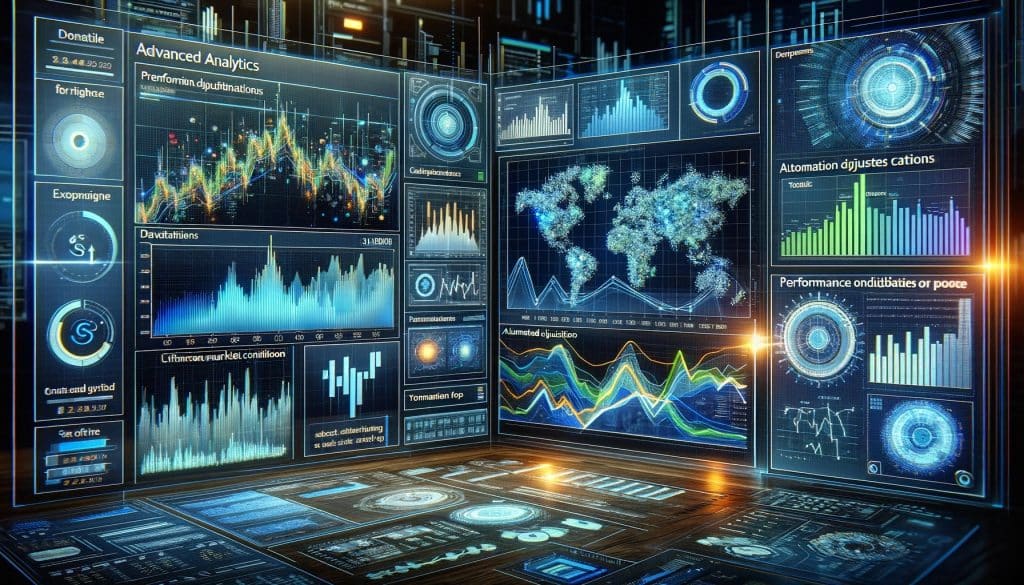
The Impact of Market Conditions on Trading Algorithms
The core of an automated trading system lies in its algorithms, which are designed to identify profitable trading opportunities based on historical and real-time market data. However, changing market conditions can challenge the assumptions underlying these algorithms, necessitating continuous adaptation and optimization.
Adapting Algorithms to Sudden Market Changes
The efficacy of automated trading algorithms is contingent upon their ability to adapt to evolving market conditions. Algorithms that incorporate adaptive learning mechanisms can recalibrate their parameters in response to new market information, maintaining their relevance and effectiveness.
Example of Algorithm Adaptation:
An automated trading system that employs machine learning algorithms to predict stock prices might initially perform well. However, if market conditions shift dramatically due to an unforeseen economic event, the algorithm’s predictive accuracy could decline. By continuously learning from new data, the system can adjust its predictions and trading strategies to align with the current market environment.
Economic Indicators and Their Influence on Automated Trading Performance
Economic indicators such as interest rates, inflation rates, and employment figures play a significant role in shaping market conditions. Automated trading systems that can interpret and react to changes in these indicators can better position themselves to capitalize on market movements.
Example of Economic Indicator Impact:
An automated system that tracks and analyzes interest rate announcements can adjust its trading strategy in anticipation of market reactions. For instance, if an interest rate hike is more significant than expected, the system might execute trades that capitalize on the expected increase in currency value.
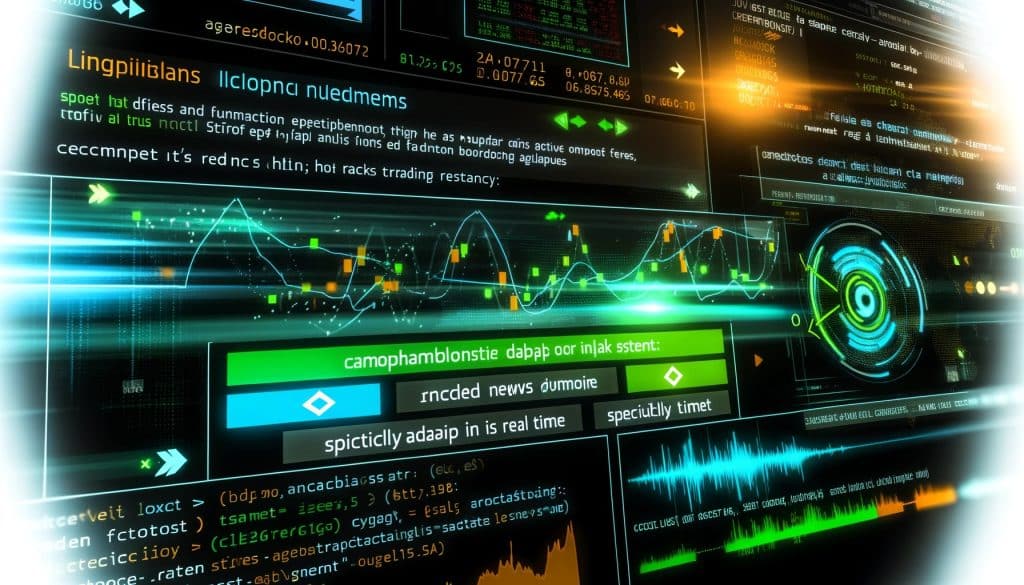
Strategies for Mitigating the Impact of Market Conditions
Despite the challenges posed by fluctuating market conditions, there are strategies that automated trading systems can employ to mitigate risks and enhance performance.
Enhancing Algorithms with Market Sentiment Analysis
Incorporating market sentiment analysis into trading algorithms can provide a more comprehensive understanding of market dynamics. By analyzing news feeds, social media, and other data sources, automated systems can gauge the market’s mood and adjust their trading strategies accordingly.
Example of Sentiment Analysis Application:
An algorithm that analyzes Twitter sentiment regarding a particular stock might detect a predominantly negative sentiment, prompting the automated system to short sell the stock in anticipation of a price decline.
Diversification Across Markets and Assets
Diversification is a fundamental risk management strategy that involves spreading investments across various markets and asset classes to reduce exposure to any single market’s volatility. Automated trading systems can implement diversification strategies at scale, further insulating the portfolio from market-specific risks.
Example of Diversification Strategy:
An automated trading system might diversify its portfolio by allocating investments across stocks, bonds, commodities, and cryptocurrencies. By spreading risk across different asset classes, the system can mitigate the impact of a downturn in any single market.

The Future of Automated Trading in Dynamic Market Conditions
As technology advances, the capabilities of automated trading systems to navigate and capitalize on changing market conditions continue to evolve. The integration of artificial intelligence and machine learning offers promising avenues for developing more sophisticated and adaptive trading algorithms.
The Role of Artificial Intelligence and Machine Learning
Artificial intelligence and machine learning technologies enable automated trading systems to analyze large datasets, identify complex patterns, and make predictions with increasing accuracy. These technologies facilitate the creation of self-learning algorithms that can adapt to new market conditions, enhancing the system’s performance over time.
Example of AI and ML in Automated Trading:
A machine learning-based automated trading system might analyze historical price data alongside social media sentiment to predict stock price movements. As it encounters new data, the system refines its models, improving its forecasting accuracy and trading performance.
Developing Resilient Automated Trading Systems
The quest for developing resilient automated trading systems that can withstand volatile and unpredictable market conditions is ongoing. Future systems are likely to feature advanced risk management tools, adaptive algorithms, and a greater emphasis on real-time data analysis to navigate the complexities of the financial markets effectively.
Example of Resilient System Development:
An automated trading system of the future might employ a combination of real-time market analysis, adaptive machine learning algorithms, and sophisticated risk management protocols to dynamically adjust its trading strategy based on current market conditions, thereby maintaining consistent performance even in the face of market turmoil.
Conclusion
The impact of market conditions on automated trading performance is a multifaceted phenomenon that underscores the importance of adaptability, risk management, and continuous optimization in algorithmic trading strategies. As market dynamics evolve, so too must the algorithms that drive automated trading systems, leveraging advancements in technology to enhance their predictive accuracy and operational resilience. By understanding and navigating the intricate relationship between market conditions and trading performance, automated systems can not only mitigate risks but also seize opportunities, charting a path to sustained success in the ever-changing world of finance.
FAQs on The Impact of Market Conditions on Automated Trading Performance
How do market conditions affect automated trading systems?
Market conditions significantly influence automated trading systems, as these systems rely on algorithms that execute trades based on predefined criteria. Volatility, liquidity, and economic indicators are key market conditions that affect trading performance. High volatility can offer more trading opportunities but also increase risk, while liquidity affects the ease of executing trades without impacting market price. Economic indicators can signal shifts in market trends, requiring systems to adjust strategies accordingly.
Can automated trading systems adapt to sudden market changes?
Yes, automated trading systems can adapt to sudden market changes if they are designed with adaptive algorithms and machine learning capabilities. These systems can analyze new market data in real-time and adjust their trading strategies to align with current market dynamics, enhancing their ability to maintain performance despite fluctuations.
What strategies can mitigate the impact of adverse market conditions?
To mitigate the impact of adverse market conditions, automated trading systems can incorporate several strategies. Diversification across different markets and asset classes can spread risk, while including market sentiment analysis in algorithms can provide insights into potential market movements. Additionally, employing robust risk management protocols, such as stop-loss orders, can protect against significant losses.
How important is liquidity for automated trading performance?
Liquidity is crucial for automated trading performance as it determines the ease with which trades can be executed. In highly liquid markets, automated systems can efficiently execute large orders with minimal price slippage, ensuring trades are executed near the intended prices. In contrast, in low-liquidity markets, executing large orders can significantly impact market price, potentially undermining the trading strategy’s effectiveness.
Can economic indicators be used to improve automated trading strategies?
Yes, economic indicators can be used to improve automated trading strategies. By analyzing indicators such as interest rates, inflation rates, and employment figures, automated systems can anticipate market reactions to economic news and adjust their trading strategies accordingly. This proactive approach can enable traders to capitalize on market movements driven by economic events.
What role do AI and machine learning play in automated trading?
AI and machine learning play a pivotal role in enhancing the adaptability and efficiency of automated trading systems. These technologies enable the systems to learn from historical and real-time market data, identify complex market patterns, and improve predictive accuracy. Machine learning algorithms can dynamically adjust trading strategies based on new information, allowing for more responsive and informed trading decisions.

